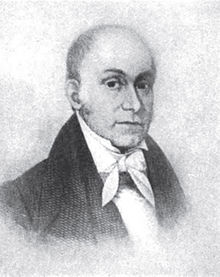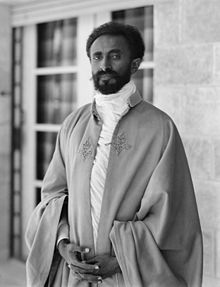| ||||||||||||||||||||||||||||||||||||
The blog is mainly a general knowledge page for all age groups who are interested in improving their knowledge. I have tried to make the explanations as simple as I can. I have made use of tht for gathering the facts.
Popular Posts
-
HIPPOCRATES Father of Medicine in the Western World. As we saw from the postings on Sushruta and Charakan, medicne and surgery was quite ...
-
DEAR ALL, SWAMI VIVEKANANDA JAYANTHI, JANUARY 12 2011 Swami Vivekananda was born in Calcutta (Now Kolkata) Monday in a traditional family...
-
Sangam Age in Tamil Kingdoms The history of the Tamil country becomes clear only from the Sangam period. The word Sangam means an assoc...
-
Ernest Rutherford Discovers the Structure of an Atom. 1911 Ernest Rutherford in academic garb. Courtesy Edgar Fahs Smith Mem...
-
The Rani of Jhansi Regiment was the Women's Regiment of the Indian National Army, the armed force formed by Indian nationalists in 1942 ...
-
Arikamedu Pondicherry This is a historic site which has revealed ancient Roman artifacts that are evidence of the thriving trade that exist...
-
Serendip...WHAT? T he Kingdom of Serendip Once upon a time there was an oriental and exotic Kingdom called Serendip, the memory of whic...
-
History of Medicine The historic contribution of Sushruta ,(600-500BC) circa the ancient surgeon of India, is well recognised for his i...
-
FATHERS OF SURGERY AND MEDICINE 4200 BC -- CAPT AJIT VADAKAYIL FATHER OF SURGERY -- ACHARYA SUSHRUTA FATHER OF MEDICINE -- ACHARYA CHA...
-
Brihdeshwar Temple has been declared as world heritage site in 1987 AD. The temple is located in the rice bowl district of Tamil Nadu, Than...
Popular Posts
-
HIPPOCRATES Father of Medicine in the Western World. As we saw from the postings on Sushruta and Charakan, medicne and surgery was quite ...
-
DEAR ALL, SWAMI VIVEKANANDA JAYANTHI, JANUARY 12 2011 Swami Vivekananda was born in Calcutta (Now Kolkata) Monday in a traditional family...
-
Sangam Age in Tamil Kingdoms The history of the Tamil country becomes clear only from the Sangam period. The word Sangam means an assoc...
-
Ernest Rutherford Discovers the Structure of an Atom. 1911 Ernest Rutherford in academic garb. Courtesy Edgar Fahs Smith Mem...
-
The Rani of Jhansi Regiment was the Women's Regiment of the Indian National Army, the armed force formed by Indian nationalists in 1942 ...
-
Arikamedu Pondicherry This is a historic site which has revealed ancient Roman artifacts that are evidence of the thriving trade that exist...
-
Serendip...WHAT? T he Kingdom of Serendip Once upon a time there was an oriental and exotic Kingdom called Serendip, the memory of whic...
-
History of Medicine The historic contribution of Sushruta ,(600-500BC) circa the ancient surgeon of India, is well recognised for his i...
-
FATHERS OF SURGERY AND MEDICINE 4200 BC -- CAPT AJIT VADAKAYIL FATHER OF SURGERY -- ACHARYA SUSHRUTA FATHER OF MEDICINE -- ACHARYA CHA...
-
Brihdeshwar Temple has been declared as world heritage site in 1987 AD. The temple is located in the rice bowl district of Tamil Nadu, Than...
Pages
Total Pageviews
Tuesday, December 13, 2011
13 Dec in Histiry.
Stalin Begins Collectivizing Agriculture in the U.S.S.R.

Much of the reform in Russia is being led by private companies, like Agro-Invest, which owns this 50,000 acre farm outside of Stanovoye, a town near Russia's border with Ukraine.
Photo: James Hill for The New York Times
Subscribe to:
Comments (Atom)










